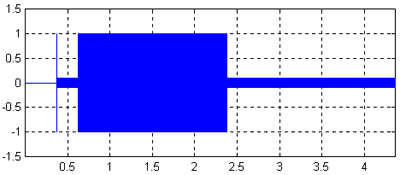Kid Squid
Well-known member
Hiya Chaps,
I don't normally post in the Drawing Board, as I have very little knowledge with regard to electronic theory, and design, but I am slowly getting my head in to it.
Firstly, a million thanks to the guys that have helped me with the digestion of information within these electronic walls - you know who you are , and I don't want to embaress anyone :wink:
Right, I've built a couple of the G76's, GSSL's, Forsell opto's and a couple of LA2a's,
But I 've got more questions, with regard to the various test equipment needed for testing various compressor parameters, Attack and release in particular. I'm thinking it is something to do with a pulse being fired , from some generator, and somehow, picking this up in the GR amp, showing it on a scope. How would i do this ?, I've had a good look through the metas, and done quite a few searches, but I can't find much.
I'm sure that these questions have been asked before, and have been answered with very detailed info tho
I'm very curious about this, and there's no-one I know (personally)can answer this (these) questions.
I have got a dual trace scope, and a Signal generator with an external sweep input (don't know how to use the sweep tho )
)
Don't hold back, as the more I read, the more I understand !
Iechyd Dda
Steve :thumb:
I don't normally post in the Drawing Board, as I have very little knowledge with regard to electronic theory, and design, but I am slowly getting my head in to it.
Firstly, a million thanks to the guys that have helped me with the digestion of information within these electronic walls - you know who you are , and I don't want to embaress anyone :wink:
Right, I've built a couple of the G76's, GSSL's, Forsell opto's and a couple of LA2a's,
But I 've got more questions, with regard to the various test equipment needed for testing various compressor parameters, Attack and release in particular. I'm thinking it is something to do with a pulse being fired , from some generator, and somehow, picking this up in the GR amp, showing it on a scope. How would i do this ?, I've had a good look through the metas, and done quite a few searches, but I can't find much.
I'm sure that these questions have been asked before, and have been answered with very detailed info tho
I'm very curious about this, and there's no-one I know (personally)can answer this (these) questions.
I have got a dual trace scope, and a Signal generator with an external sweep input (don't know how to use the sweep tho
Don't hold back, as the more I read, the more I understand !
Iechyd Dda
Steve :thumb:





